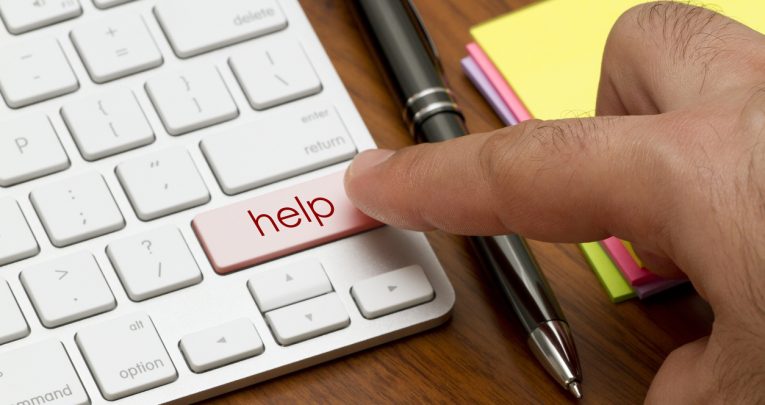Tech in Schools can Ease Teacher Workload and Raise Pupil Attainment – So Why Do Some Still Demonise it?

Gary Alexander explains how his school uses technology to aid assessment and spot children who may need an early invention to maximise their potential

Amongst the doom-and-gloom sensationalism that has seemingly become de rigueur in education, I am finding the once-lauded application of technology in our schools being demonised.
For example, I recently read an opinion piece published by the Guardian that compared schools to drug dealers, pushing technology addiction onto children.
I won’t go as far as to suggest that such views are extremist, or indeed Luddite, but I do think there is a danger of throwing proverbial babies out with the bathwater.
There is a genuine danger that all of us are becoming addicted to technology, and certainly, the effect of social media on children’s mental health seems to be a clear and present danger.
However, it isn’t schools that should be mediating this. No school that I know of encourages children to use social media, and they certainly don’t encourage them to interrupt their sleep with Instagram notifications.
However, we should be mediating how effective the teacher standing in front of them is.
At this time of a recruitment and retention crisis, due in no small part to the growing workload expectations on teachers, isn’t it time that we embrace technology to support teachers to be the best they can, rather than banish it to the detention room?
Assessment is a prime example. How much workload is generated in primary schools by assessment policies? How many of you are working in a school that asks you to decide how confident each child is, on each detail of each subject, several times a year?
I have spoken with schools who ask teachers to rate on a scale of 1 to 5 each child, for each lesson. I have even seen a system that uses Excel to differentiate between seven different shades of yellow! ‘How yellow was your understanding today James? About this yellow?’
At my school, we use a computer-adaptive standardised test to determine reading and maths competency. This is organised and administrated centrally, and all the detailed information about each child’s learning and progress is delivered directly to the teachers’ laptop.
This is not to say that our teachers don’t assess – they assess all the time with questioning and listening to children’s answers, but they don’t record any of this information unless they want to.
One such technology, Renaissance UK, commissioned its ‘linking study’ to determine if its reading and maths programmes can predict pupil achievement on the end-of-year Key Stage 2 SATs tests in reading, maths and grammar.
Results from the study were definitive. The programmes turned out to be accurate predictors of the Key Stage 2 SATs test outcomes.
The benefits to teachers of this type of technology are clear – early intervention. You can identify pupils likely to miss reading and maths progress targets in advance, making appropriate adjustments early.
This could mean failing pupils potentially having their fortunes turned around.
We use several computer-based interventions, where children use an AI tutor two or three times a week. The AI tutoring programs allow children to get tailored instruction and practice that would otherwise be planned by teachers on weekends and taught on lunch breaks.
Crucial information about student’s reading habits and comprehension (something that used to be collected by trying in vain to hear each child read) is collated through a computer program that encourages children to take a quiz after each book they have read.
Our teachers have more readily available information about each child’s reading ability and habits than they ever had before; and they haven’t done anything to get it.
I know of schools that use technology to set and mark homework, saving hours over the course of a year, and I’m sure there are many other tech applications that could improve a teacher’s work-life balance.
This in turn can only have a positive impact on the quality of teaching in our schools as a tired, burnt out teacher is simply not okay for anyone.
So I implore schools to think more widely about the purpose of technology in schools, away from whizzy looking animated PowerPoints and iPad apps designed for some intangible engagement measure, and towards a system where tech does the jobs it can do better than us, allowing our teachers to do the bit only they can do: inspire children.
Gary Alexander is deputy head at Battle and Langton CE Primary.











